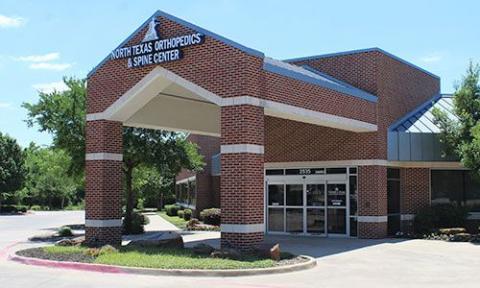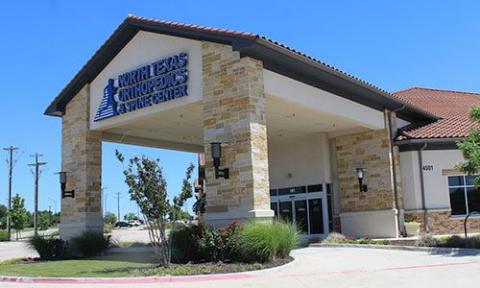Understanding Scaphoid Fracture Open Reduction Internal Fixation (ORIF): A Comprehensive Guide
A scaphoid fracture is a common injury to one of the small bones in the wrist, typically caused by a fall onto an outstretched hand. While some scaphoid fractures heal with non-surgical methods, severe cases may require a surgical procedure known as open reduction internal fixation (ORIF). In this blog post, we’ll discuss the causes, symptoms, diagnosis, and treatment of scaphoid fractures, with a focus on the ORIF procedure.
What is a Scaphoid Fracture?
The scaphoid is a small, boat-shaped bone located on the thumb side of the wrist. It plays a critical role in wrist stability and function. Scaphoid fractures are often challenging to heal due to limited blood supply to the bone, particularly in cases where the fracture occurs in the middle or proximal portion.
Causes of Scaphoid Fractures
The primary causes of scaphoid fractures include:
- Falls: Landing on an outstretched hand with the wrist extended.
- Sports injuries: High-impact sports, such as football or snowboarding, increase the risk.
- Motor vehicle accidents: Trauma from a collision can cause fractures in the wrist.
Symptoms of a Scaphoid Fracture
Common symptoms include:
- Pain and tenderness on the thumb side of the wrist
- Swelling around the wrist
- Reduced range of motion or difficulty gripping objects
- Persistent pain that worsens with activity or pressure
Diagnosing a Scaphoid Fracture
Diagnosis involves:
- Physical examination: Checking for tenderness in the “anatomic snuffbox” (a small depression near the thumb).
- Imaging tests: X-rays, CT scans, or MRI may be required to confirm the fracture and assess its severity.
What is Open Reduction Internal Fixation (ORIF)?
ORIF is a surgical procedure used to stabilize and repair severe scaphoid fractures. The procedure involves:
- Open reduction: The surgeon makes an incision to access and realign the fractured bone.
- Internal fixation: Screws or other hardware are used to hold the bone fragments in place and promote proper healing.
ORIF is typically recommended for:
- Displaced fractures where the bone fragments have moved out of alignment
- Nonunion fractures that fail to heal with non-surgical treatments
- Fractures involving the proximal pole, where blood supply is limited
Recovery After ORIF
Recovery from ORIF involves several stages:
- Immobilization: The wrist is placed in a cast or splint for several weeks to protect the repair.
- Physical therapy: Exercises to restore wrist strength, mobility, and function are gradually introduced.
- Full recovery: Most patients regain full function within 3-6 months, although complete bone healing may take longer.
Potential Risks and Complications
While ORIF is a highly effective procedure, it carries some risks, including:
- Infection at the surgical site
- Delayed or incomplete bone healing
- Hardware irritation or the need for hardware removal
- Stiffness or reduced range of motion in the wrist
Non-Surgical Alternatives
In some cases, scaphoid fractures can heal without surgery. Non-surgical options include:
- Casting: Immobilizing the wrist with a cast for 6-12 weeks.
- Observation: Monitoring small, stable fractures to ensure proper healing.
These methods are typically reserved for non-displaced fractures.
Preventing Scaphoid Fractures
To reduce your risk of scaphoid fractures:
- Wear protective gear during high-impact sports.
- Use proper techniques to break falls and minimize wrist injuries.
- Strengthen wrist and forearm muscles to improve joint stability.
Conclusion
A scaphoid fracture can significantly impact wrist function, but procedures like ORIF offer effective solutions for severe cases. With timely intervention and proper rehabilitation, most individuals can regain full use of their wrist. If you suspect a scaphoid fracture, seek medical attention promptly to determine the best course of treatment.
For more information about wrist injuries and surgical options, explore our blog or schedule a consultation with one of our specialists today.



